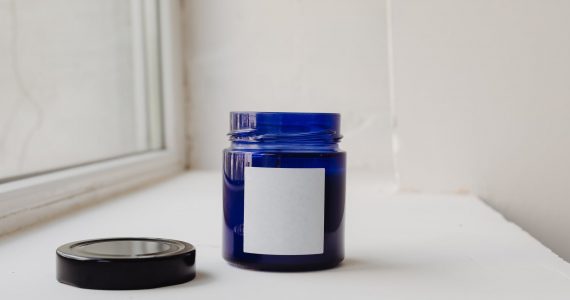Under the CARES Act, homeowners with financial hardships due to Covid-19 are granted forbearance on federally-backed mortgage loans with borrowers delaying monthly payments up to a year and 4 million homeowners have benefitted.

As coronavirus impacts the financial health of everyday Americans, homeowners struggle to repay mortgages and need help. By early May, about 4 million borrowers were choosing to delay mortgage payments for 90 days. This represents 7.3% of active mortgages worth $841 billion in unpaid principal, 6.1% of all Fannie Mae / Freddie Mac loans and 10.5% of all FHA/VA loans. While borrowers can delay repayments for a year, the initial relief period is 90 days. For extensions, the loan servicer is again contacted. Wait times with servicers were long at the start but are now just 5 minutes on the phone, while some servicers even have placed the application process online. Dodging further mortgage payments ensures consequences.
Subprime mortgage crisis Vs. Coronavirus
The speed with which this entire mortgage industry adopted these programs was amazing. Most modifications in the Sub-prime crisis failed. The coronavirus crisis is in its third month in USA but is better for homeowners and home values as the housing market is stronger, with high demand, extraordinary low supply and rigid mortgage underwriting. With refinancing over the two years leading to this debacle, many customers still have disposable cash. However, if unemployment persists as predicted, it could be far deeper than the subprime crisis.

Although implemented for relief, there is criticism as borrowers need not prove economic hardship. They advise their mortgage servicers collecting monthly payments, about being financially impaired by Covid-19 and need help. Bringing in moral hazard was a mistake, thrusting extraordinary risk into the private sector which could collapse the mortgage market. Experts disagree, claiming borrowers need urgent help without cumbersome documentation processes. Experts do not believe it is a moral hazard as it is not a payment forgiveness plan. Home equity remains at record levels though buyer demand dived initially. Forbearance requests keep increasing and some are approaching the end of their 90-day term.
Assistance beyond forbearance expiration
Borrowers easily enter the government mortgage forbearance program, but exit is complex with several options, depending on the borrower’s financial ability. Loan servicers must inform borrowers 30 days before the plan’s expiry date with three options: make a single repayment, add forbearance amount in a lump sum at the mortgage end, or request loan servicer to set up repayment plan by spreading repayments. The size of the monthly payment is based on affordability, to be determined by submitted documents.
Suspending home foreclosures and evictions

Several options exist for mortgage modifications such as extending the loan life and lowering interest rates. Some modifications require borrowers to submit documentation of income loss and lying when requesting forbearance is financial fraud. For most borrowers, forbearance programs do not affect credit scores, as the CARES Act ensures that servicers cannot report to credit bureaus. If loans are modified, there may be a credit hit, and borrowers cannot secure another loan or refinance for a year after the modification. But home values are down by 4% this year, with possible recovery only from December 2021. So much remains unknown about this pandemic.




